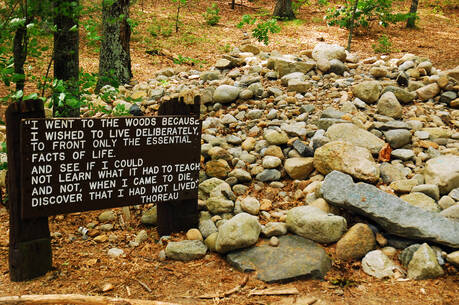Amorous Concerns
With these two books of translated sonnets, one under its own label and one through a subsidiary, Farrar, Straus and Giroux tightens its claim to a place on the top rung of literary publishers. The sonnet is about as much in vogue these days as the gavotte, but we have to admire the great practitioners, especially Francesco Petrarca, who in the 14th century set the mode for centuries to come.
Petrarch was a scholar and a public intellectual. His extensive writing in Latin served to exalt ancient Rome and its institutions at the expense of his own world. But what lasted from his pen was in Italianthe record of his infatuation with a young married woman named Laura who crossed his path now and then but gave him scant encouragement. She is the major topic of 317 sonnets and 49 other poems, written over 50 years and published as his Canzoniere, or Songbook. Laura dies of the Black Plague in 1348, about halfway through the sequence, which takes on a darker tone, with admonitions and consolations adopted from St. Augustine, the poets literary conscience.
The Canzoniere is a showpiece of erotic obsession, concentrating on the eyes, smile, hair and gait of Laura. It is about feelings undiminished by time. Laura is the lady whom my heart is always watching (No. 111). The reader often wants to shake Petrarch for his self-pity, yet is drawn to read on and on, so inventive and sonorous are the poems, with a standout never far away.
David Young has brought this sequence to us in an able and engaging translation. In his introduction, he picks three clusters of poems and walks us through them in an illuminating way. He puts brief, helpful information in the margins of poems. In translating, he hews close to the original, aiming at regularity of meter without trying to replicate the difficult rhyme scheme. One misses the interlocking rhyme that is the hallmark of sonnets, but in Petrarchs case one would try catching it in vain.
The sonnet form that Petrarch made popular underwent some altering by Shakespeares contemporaries, who preferred a witty rhymed ending, but then the Petrarchan norms reasserted themselves. The sonnets subject matter widened beyond amorous concerns. The 20th century has nothing in this genre as striking as the Sonnets to Orpheus, by Rainer Maria Rilke. Rilke, in German, works a lot of variations on the rhyme scheme and the length of lines, which are faithfully reproduced by his most recent translator, Edward Snow.
Rilke had been spending months in a Swiss chateau, trying in vain to finish his masterwork, the Duino Elegies. He found himself at one point moved by the death from leukemia of 19-year-old Vera Knoop, a friend of his daughter. He had been reading also, in the Metamorphoses of Ovid, the myth of Orpheus and Eurydice. And he had been translating sonnets by Michelangelo. On February 2, 1923, he was taken by a four-day outpouring of 26 sonnets, written, he declares, more by dictation than deliberation, without even changing a line. He was able to complete the Elegies soon after. Then came a second spate of sonnetshe could hardly write them down fast enough29 in nine days.
Orpheus, who led his beloved Eurydice out of the underworld only to lose her in a backward look, was for Rilke a poetic deity attuned to the natural world. He taught animals their ear (I, 20). He is a self-forgetful singer, transmuting sorrow into joy. Vera Knoop, as a young dancer with enthusiasm for everything on earth, did just that with her death, he says. Like Orpheus, whose voice lingered even as maenads tore him apart, her death had a lesson: Be a ringing glass that shatters as it rings (II, 13).
Rilke promotes a spirituality of inwardness, of attuning to the Otherworld, which he calls a pure out there, far removed from rational achievements. Not till a pure out there/ dispels boyish pride/ in the power of instruments, will we genuinely exist, or be. There was very much of the child in Rilke, including his admiration for flowers. He addresses the anemone: flower-muscle, slowly pulling openuntil the loud skys polyphonic light/ comes pouring down into its womb. We adults, he thinks, compare poorly with that: We violent ones, we last longer./ But when, in which of all these lives,/ are we finally open and receivers?
One can glimpse in the above lines the elegance of Edward Snows translation, with its high degree of accuracy. He does not try duplicating the rhyme and assonance of Rilkefaithfulness to meaning is enough of a challengebut he makes accessible these orphic and entrancing poems.
This article also appeared in print, under the headline “Amorous Concerns,” in the August 16, 2004, issue.








